It's definitely been a while, hasn't it? Welcome back to Throwback Time, back thanks to popular demand from our readers. For the uninformed, Throwback Time is a series of articles documenting the ups and downs of companies that are now gone. If you haven't read the series, you can catch up with the articles below.
Previously on Throwback Time: iOcean, FAEA, Newman, NEO
Today's company is one that never really managed to gain much popularity or success, even amongst Chinese phone followers. They always happened to pop up in the news, but their devices were never truly loved or well liked. Even their shelf life was pretty short at just slightly over 2 years (haha).
Today, we’re taking a look at Green Orange.
Green Orange: What did they do?
Similar to the previously featured iOcean, Green Orange really just kind of came from nowhere. The company had seemingly no previous endeavors in any market, be it smartphones or tablets. They were completely fresh and young, like a green orange (ayy).

Now the reason why they actually popped up on the radar isn't confirmed 100%. My theory is that people heard the name Green Orange and had a good laugh, followed by a large amount of sharing. Could also be that people were simply looking for Apple knockoffs. I mean look at that name, that's undeniably fruity.
Of course, there's also the fact that their devices were a huge hit. Despite all odds too, since they were pretty expensive. So what were these magical bunch of devices that smashed expectations?
Their big hit
Green Orange's first device was the Green Orange N1, launched in May 2013. It was, for all intents and purposes, mostly the same as any other device from its time. It didn't have any incredible features, and its main selling point was its 6.98mm chassis.
Where the Green Orange hit the mark however was with variety. The device came in three variants, those being Beauty, Speed and Super. All three had similar specs, but were aimed at three very different segments of the smartphone market.

The Beauty variety of the N1 was, aside from being the most perplexingly named of the bunch, the one with the lowest specs and price. It featured the standard MTK6589 1.2GHz quad core chipset with 1GB of RAM and 16GB of internal storage, along with a 5-inch 720p display. The device had a front facing 5MP camera (pretty incredible for the time) and a rear 13MP camera.
The next was the N1 Speed, which like the name implies, was solely focused on producing the fastest performance. The chipset was a slightly more powerful MTK6589T @ 1.5GHz and an extra gig of RAM. Aside from that, the cameras and display remained the same, though the battery was slightly larger.
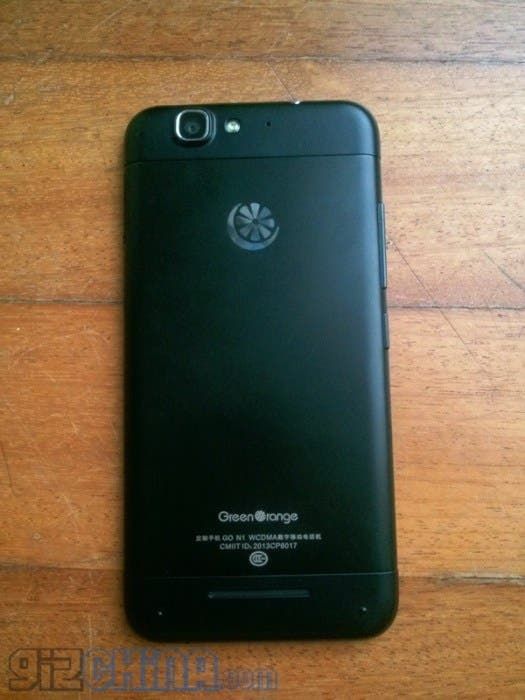
And finally, there was also the N1 Super, the highest end of the bunch. The device was mostly the same as the N1 Speed, with two key differences. The first being that the device had a 1080p panel instead of a 720p panel. The second was that the front camera was now an 8MP unit.
The N1 variants didn't come cheap however. The N1 Beauty came in at 1399 Yuan ($227), the N1 Speed was 1799 Yuan ($293), and the Super costed a staggering 2199 Yuan ($358). Even back then, these prices were pretty expensive.
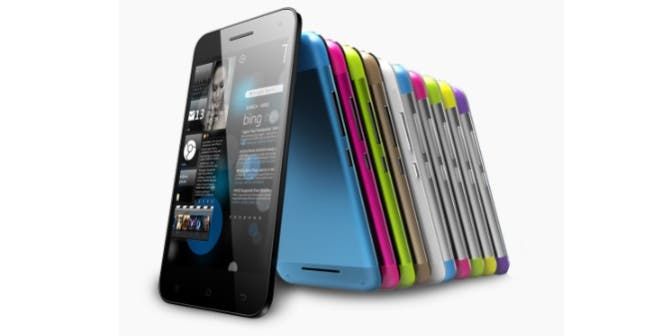
Despite this, the N1 variants got plenty of attention for their great build quality and quality components. It was quite the spectacle, especially considering cheaper devices were all the rage at the time. Nobody could've foreseen the success Green Orange had coming. Then they tried to capitalize on their success.
What they did after that
Green Orange's modus operandi was highly different from their numerous competitors at the time. The company attempted to capitalize on the N1 in multiple ways that were more reminiscent of bigger companies. And by that, I mean more variants of the same device with minor and major alterations.
The first N1 variant to come after the original trio was the N1 Diamond. The Diamond was pretty much an enhanced N1 Speed. Instead of being 6.98mm thin, it had a 7.9mm chassis to accommodate the new 3000mAh battery. Outside of that, it got a bit more internal storage at 32GB.

Then there was the Green Orange N1 Celebrity Edition, featuring an image of your favourite celebrity on the back. It wasn't really anything new, since the specs were the exact same as the N1 Super. The price skyrocketed however, though the actual cost depended on the actor on your phone.

You'd think Green Orange would be done by now, but nope. They managed to stuff in one more variant, that being the N1 Exclusive Edition. The big thing this time was premium materials, like leather and crocodile skin. They were luxurious, but the pricing of the device was way too high at 3999 Yuan ($653).
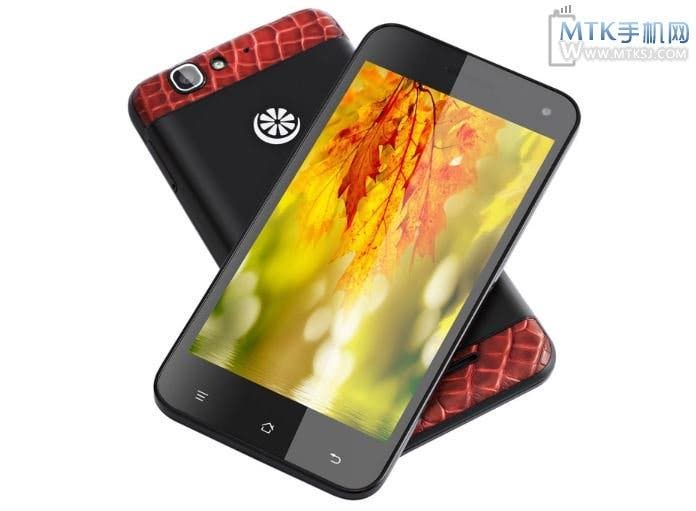
I think that just about covers it for the N1 models, and th- wait, there's one more here. The Green Orange N1Y, or N1 Youth, which is essentially the N1 Super, just cheaper at 1699 yuan ($240). Wow, what an important device, great job Green Orange. Does this count as desecrating the dead?
Aftermath of the N1 abuse
Green Orange lost a lot of steam while they launched all their N1 variants. Their reputation also suffered as a result, and thus they became 'overpriced phone maker #xx'. They were also called Uncle Liao a bunch, but I really have no idea why.
Their next flagship didn't do much to help their terrible situation either. The brand new Green Orange NX wasn't a bad device by any means, but it suffered from terrible pricing. It had average specs, but was priced higher than the Nexus 5.

Next, the Green Orange Voga V1. Hoping onto the rugged Android device bandwagon, Green Orange's attempt was actually a pretty quality device. It was marred by software issues and bad pricing, but quality wise it was fantastic.

Then they launched the, oh for crying out loud. Another N1 variant? Really Green Orange, are you serious right now? Ugh, anyway, their next device was the Green Orange N1S, a variant of the N1 Super with an octa-core MTK6592 processor and three sim slots.
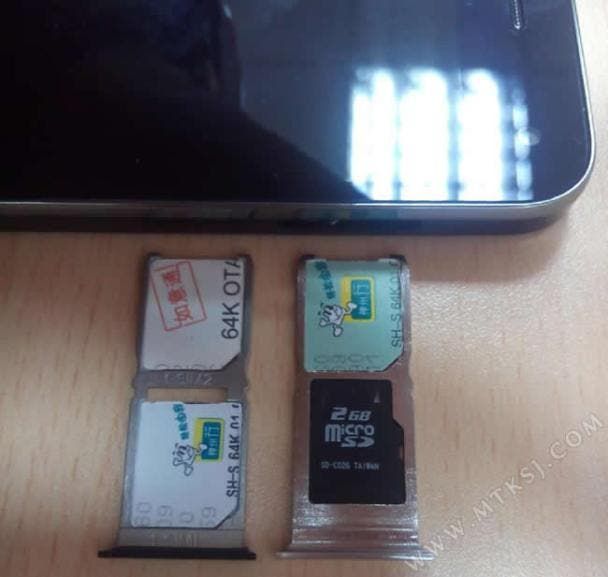
And up next, we've got their last device, the Green Orange N2. The N2 seemed like a pretty interesting device from Green Orange, but despite it passing through TENAA and going on sale, it never appeared anywhere else. It boasted some interesting features like 5x optical zoom and a high-end build, though its specs were strictly mid-range.

Did they do anything else?
Apparently there were plans to make a brand new device called the NX2, but it never materialized. If it did however, it would have featured the MTK6752 processor, along with 2GB of RAM and 16GB of storage. It would still cost a pretty penny at above $400.
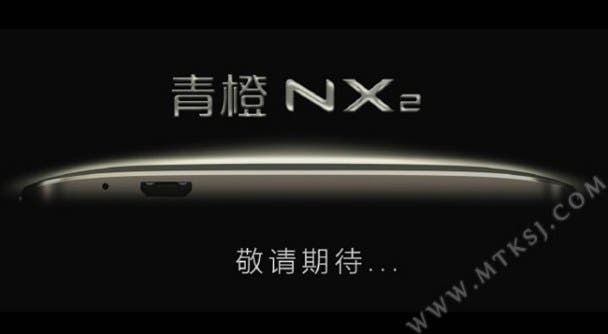
Aside from that, I've found nothing new from Green Orange. In fact, the company has almost completely disappeared from the internet altogether. And unlike previous companies I've covered, Green Orange has become almost untraceable. Surprising considering they almost hit cult status once.
And with that, we've come to the end of this Throwback. I'm once again sorry for how late this came up, it's been a while since I went back to these. If you liked the article or have something you want to say in memory of Green Orange, feel free to sound off in the comments below.
Next week we're going to look at another interesting company, but for reasons completely opposite from Green Orange. The company we'll be looking at is Mlais! Until then, take care.
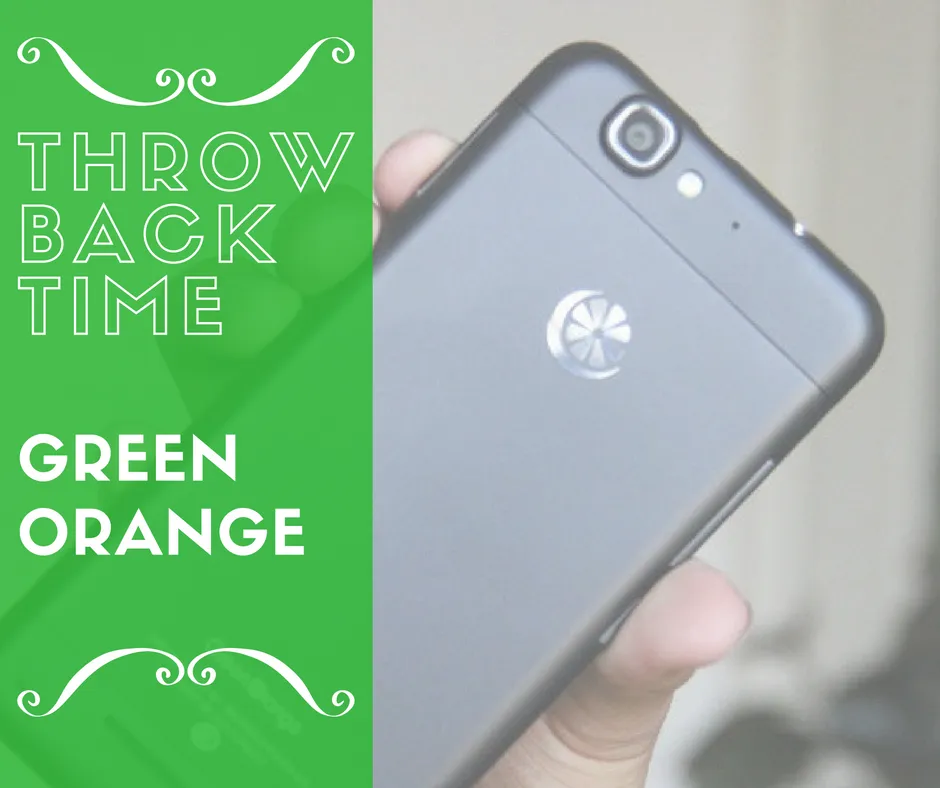





Place comments
0 Comments
You are currently seeing only the comments you are notified about, if you want to see all comments from this post, click the button below.
Show all comments